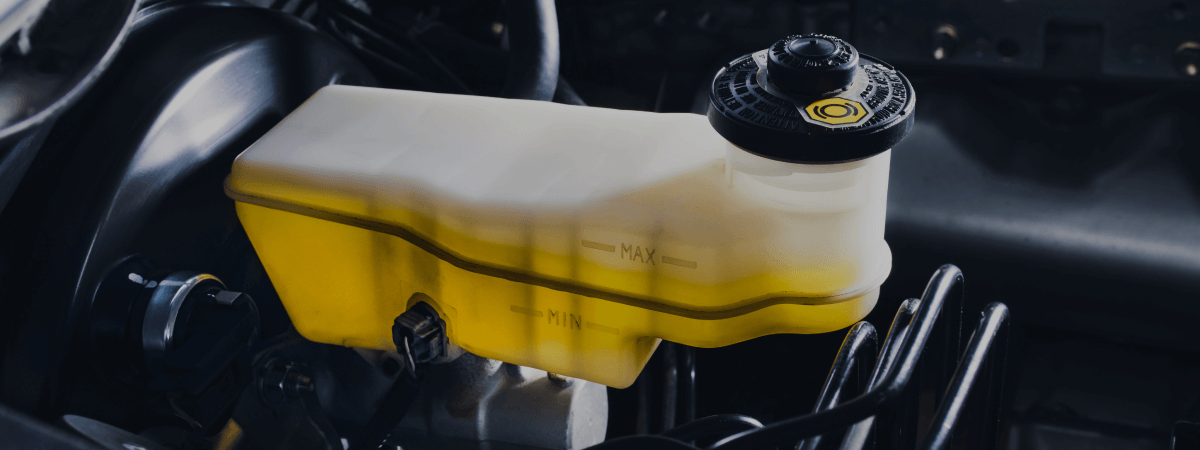Automobile brakes come in different styles and designs. From disk brakes to drum brakes, designs have developed and improved from the late 1800’s until today. In 1902, a brake “race” was run, with a man named Ransom E. Olds entering his “Oldsmobile” against a Victoria horseless carriage and a four-horse coach equipped with tire brakes.
The Oldsmobile had a brake system made of a flexible metal band that was wrapped around a drum on the rear axle. At a speed of 14 miles per hour, pretty fast for the time, all three vehicles attempted to stop at the same time.
The four-horse carriage took 77.5 feet of length to stop. The Victoria horseless carriage needed 37 feet, while the Oldsmobile managed to completely brake in 21.5 feet. The race caught the attention of multiple car manufacturers.
By 1903, only a year after the famed race, most manufacturers were making automobiles with these external drum brakes on the rear wheel, like Oldsmobile’s car. Almost all of the other auto makers got on board in 1904.
Unfortunately, the brake could unwrap easily on hills, sending drivers backwards down the incline. And, as there was no protection for the brakes against dirt and debris, the brakes needed work every 200 to 300 miles.
Thus, the advent of the internal drum brake came about. With the brake kept on the inside of the drum, the driver could easily prevent rolling backwards and could also go more than 1,000 miles between brake jobs.
After the invention of disk brakes and many improvements to the design and manufacture of brake systems, drum brakes are still used in car manufacture today. They are just far more efficient, safe, and long-lasting than the original version.
Related Posts
Key Takeaways On average, passenger vehicle tires last 40,000 to 60,000 miles, depending on type, driving habits, and maintenance. Replace tires when tread depth reaches 2/32”, if damaged, or older than 10 years. Regular rotation, alignment, and proper inflation extend tire life. Aggressive driving, poor roads, and harsh weather shorten tire lifespan. Take advantage [...]
When you think about car maintenance, you probably focus on oil changes, tire rotations, and maybe even brake pad replacement. But what about your brake fluid? If you’ve ever wondered, “What does brake fluid do?” or “Why is brake fluid important?”, you’re not alone. Brake fluid might not be the most talked-about part of [...]
Is that high-pitched squeal from your brakes driving you—and everyone else—crazy? Don’t ignore it. Squeaky brakes aren’t just annoying, they’re your car’s way of saying something needs attention. Whether you're cruising through Salt Lake City or winding up Idaho’s mountain passes, here’s what’s likely going on, how you can fix it, and when it [...]





